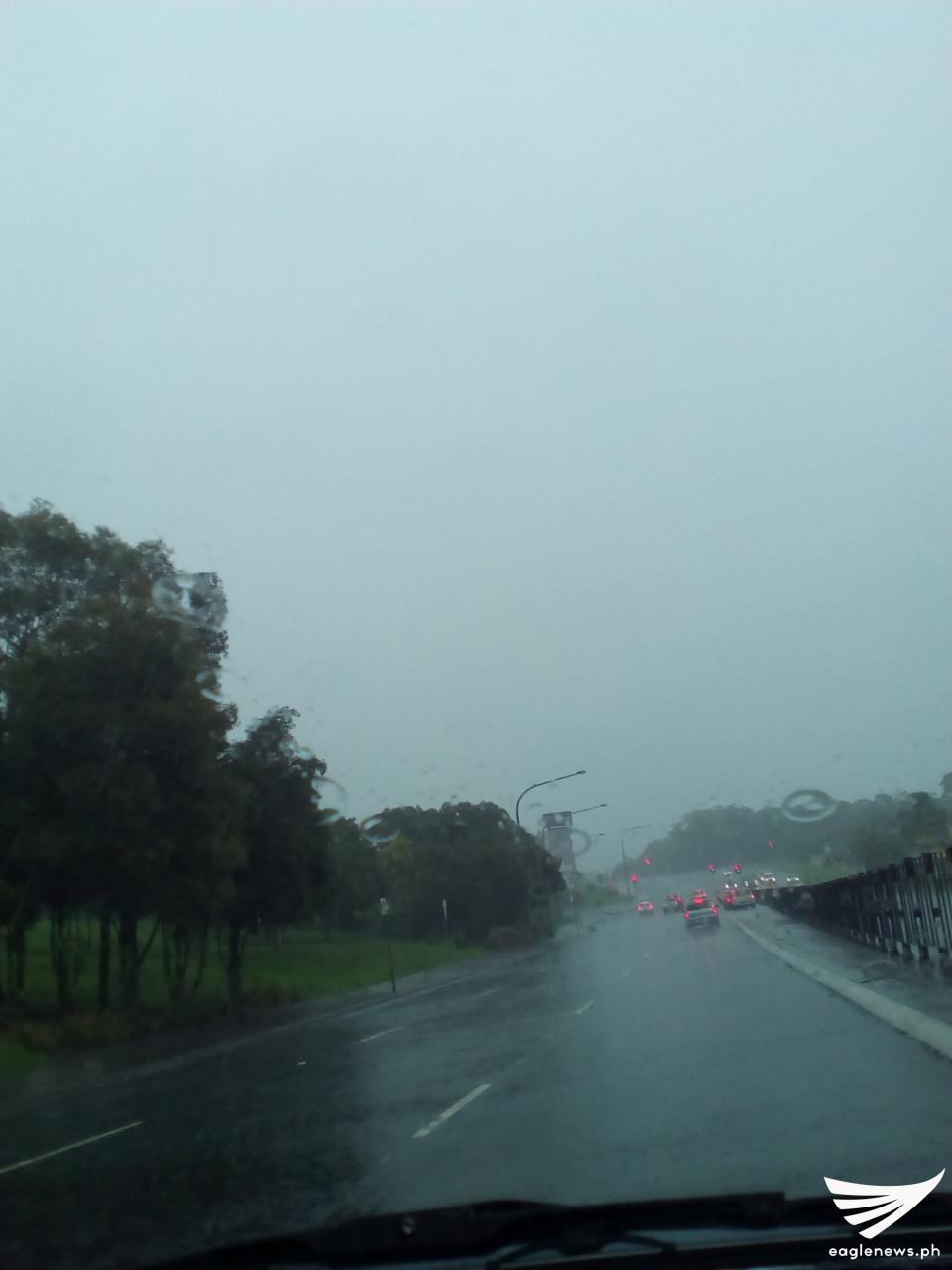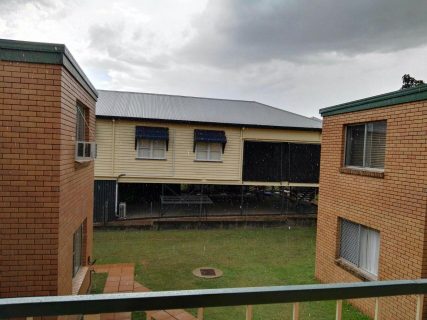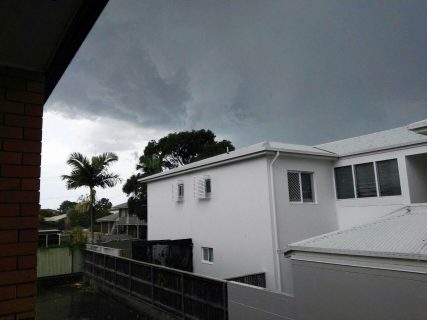https://youtu.be/BFspJNleCOQ
By Ana Divina Watson
EBC Australia Bureau
NEW South Wales, Australia (Eagle News) – New South Wales continued to be battered by wild weather. The rain that started on Sunday persisted during the week, varying in intensity. By Wednesday, the water increased in the northern part of the state. A number of people had to be rescued after driving through flood waters.

In the Illawarra and the south coast of NSW, residents woke to a quiet Thursday morning. However, as the day progressed, so did the rainfall. By 3pm that day, the emergency service crews were called in to rescue those trapped by rising water.
Just an hour later, a number of roads had to be closed due to flash floods. The rain intensified, with parts of the south coast receiving up to 74mm of rain. One southbound lane saw a line of vehicles stretching up to 10 kilometers. While in the northbound lane, vehicles queued up to five kilometers, as the peak hour traffic hit Princes Highway at Albion Park. Macquarie Pass became even more dangerous with water running down the hill.
The undercover car park in Warrawong Plaza became flooded, stranding shoppers in the mall. Staff and students at a Christian school had to wait a number of hours to be rescued as emergency crew battled to get through traffic and flood water. More calls came in to rescue those trapped by flash floods and accidents due to the wild wet weather. Live Traffic NSW regularly ‘tweeted’ updates on road closures and warnings of traffic congestions and accidents.
The South Coast train lines were also affected by the heavy rains. Buses replaced trains between Wollongong and Port Kembla, and between Dapto and Shellharbour Junction.
A local public swimming pool in Unanderra also flooded. According to locals, kids would run around the area with their body boards to ride down a hill whenever there is heavy rain. Sadly, at 4:30pm, an 11-year old boy went missing. It was feared he was swept away by the rising water. Police and State Emergency Service personnel widened the search to include storm water drains when they failed to find the young boy. By 9pm, as reported by Illawarra Mercury, the boy was still missing.










